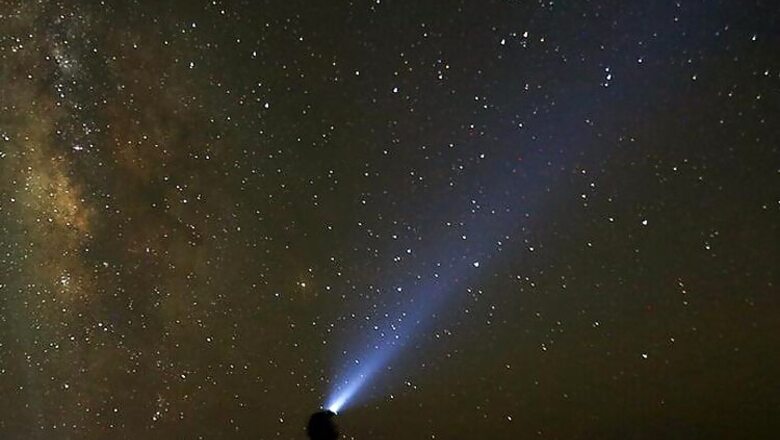
views
Washington: Researchers, including one of Indian-origin, have detected what appears to be a Saturn-like planet residing near the Milky Way galaxy's bulge.
The newly discovered exoplanet has a mass somewhere between Saturn and Jupiter and orbits a star with half the mass of the Sun, scientists said.
If a star moves in front of another star, the light from the distant star is bent by the gravitational pull of the nearer star and the more distant star is magnified.
Researchers used the gravitational microlensing technique which does not rely on the light from the host stars. Thus, it can detect planets, even when the host stars cannot be detected, 'Phys.org' reported.
An international team of researchers, led by Aparna Bhattacharyaha of University of Notre Dame in the US used the gravitational microlensing method to detect a gas giant planet orbiting the lens stars of a microlensing event.
This gravity lens, discovered in August 2014, was designated OGLE-2014-BLG-1760 and is the 1,760th microlensing event detected by the Optical Gravitational Lensing Experiment (OGLE) collaboration, researchers said.
OGLE is a Polish astronomical project based at the University of Warsaw, searching for dark matter and extrasolar planets.
Scientists have detected a strong light curve signal coming from OGLE-2014-BLG-1760. They assume that it must be caused by the presence of a gas giant planet.
"One unusual feature of this event is that the source star is quite blue. This is marginally consistent with source star in the galactic bulge, but it could possibly indicate a young source star in the far side of the disk," researchers said.
"Assuming a bulge source, we perform a Bayesian analysis assuming a standard galactic model, and this indicates that the planetary system resides in or near the galactic bulge," they said.
According to researchers, the lens system distance equals 22,000 light years, which suggests that the system is very likely to be in the Milky Way's bulge. The findings were published in the journal arXiv.













Comments
0 comment